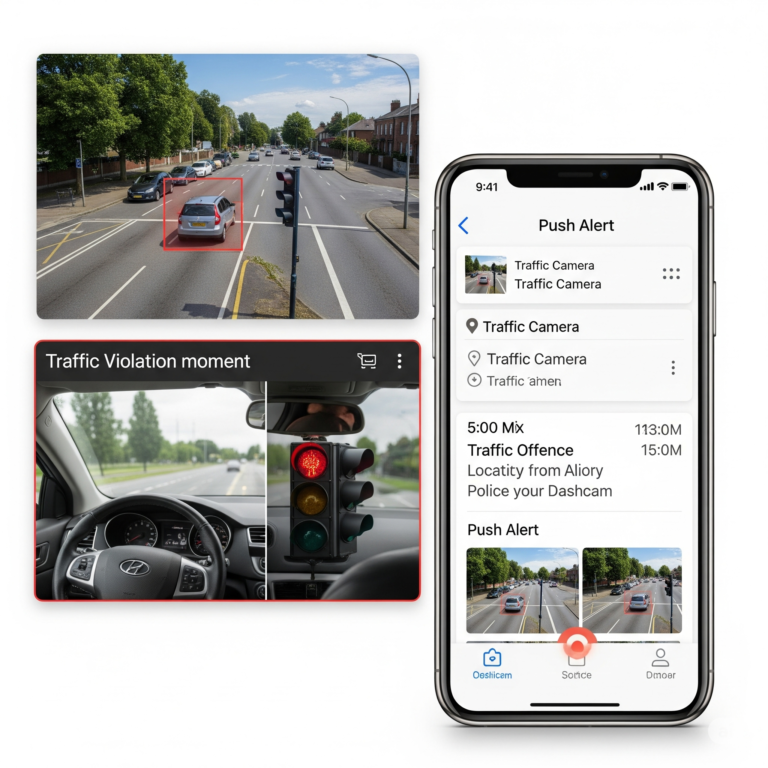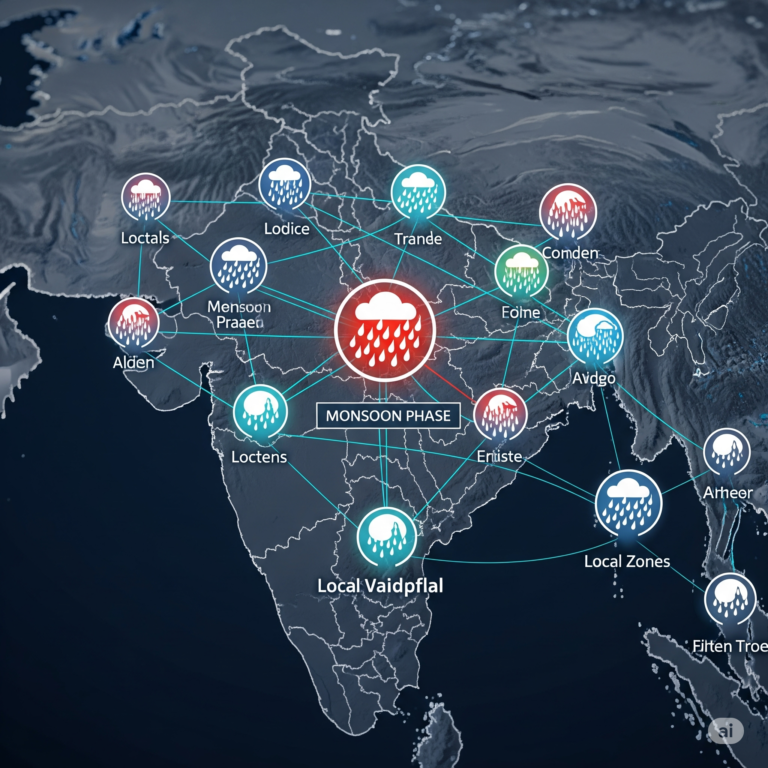Artificial Intelligence (AI) is revolutionizing industries across the globe, and the telecommunications sector is no exception. As telecom companies grapple with the demands of an increasingly connected world, AI offers promising solutions for optimizing operations, improving customer experience, and paving the way for future technologies like 5G and 6G. This article explores how AI is reshaping telecom infrastructure through automation, predictive maintenance, intelligent network management, fraud detection, and more.
The Telecom Landscape: Challenges and Opportunities
Growing Demand for Connectivity
The surge in mobile devices, IoT (Internet of Things), and high-bandwidth applications like video streaming has placed unprecedented strain on telecom infrastructure. Traditional systems struggle to keep pace with these demands, leading to issues like dropped calls, slow data speeds, and network congestion.
Complexity of Network Management
Modern telecom networks are highly complex, consisting of heterogeneous technologies, distributed systems, and dynamic traffic patterns. Managing such infrastructure manually is both time-consuming and error-prone.
Rising Operational Costs
Telecom companies face increasing pressure to deliver better services at lower costs. Legacy systems and manual processes contribute significantly to operational expenditures, underscoring the need for efficient, AI-driven solutions.
AI-Powered Network Optimization
Predictive Maintenance
AI can analyze vast datasets from network equipment to predict failures before they occur. By identifying anomalies and usage patterns, telecom providers can schedule maintenance proactively, reducing downtime and saving costs.
Traffic Forecasting and Load Balancing
Machine learning models can forecast data traffic and dynamically allocate resources to avoid congestion. AI-based load balancing ensures optimal utilization of network bandwidth and improves overall performance.
Self-Healing Networks
AI enables the development of self-healing networks that automatically detect, diagnose, and resolve issues in real-time without human intervention. This dramatically enhances network reliability and reduces response times.
Intelligent Customer Service
AI Chatbots and Virtual Assistants
AI-powered chatbots can handle a wide range of customer queries, from billing issues to technical support. These virtual agents provide 24/7 service, reduce call center workload, and enhance user satisfaction.
Sentiment Analysis
Natural Language Processing (NLP) tools analyze customer feedback to gauge sentiment and identify recurring issues. This helps telecom companies fine-tune their services and address customer concerns more effectively.
AI in Network Design and Deployment
Site Planning and Optimization
AI algorithms can process geospatial data, population density, and usage trends to recommend optimal locations for new cell towers. This accelerates network expansion and improves coverage.
Automation of Network Configuration
AI automates network configuration tasks such as frequency planning, device provisioning, and software updates. This reduces human error and speeds up deployment.
AI for Enhanced Security and Fraud Detection
Real-Time Threat Detection
Telecom networks are vulnerable to cyberattacks, data breaches, and fraud. AI systems can detect unusual patterns indicative of threats and trigger alerts in real time.
SIM Card Fraud Prevention
AI algorithms analyze calling patterns and geolocation data to detect SIM box fraud and cloned devices. These insights help reduce revenue leakage and protect subscribers.
Enabling the Future: AI and 5G/6G Networks
Dynamic Spectrum Management
AI plays a vital role in managing spectrum resources efficiently, a critical requirement for 5G and future 6G networks. AI-driven systems can dynamically allocate spectrum based on usage patterns.
Network Slicing
AI enables network slicing—creating multiple virtual networks on a single physical infrastructure—tailored to different use cases like IoT, autonomous vehicles, and remote surgery.
Ultra-Reliable Low Latency Communication (URLLC)
AI ensures that mission-critical applications meet stringent latency and reliability requirements by continuously monitoring network performance and optimizing parameters.
Real-World Applications and Case Studies
Vodafone
Vodafone has deployed AI to optimize its network and customer support operations. Their TOBi chatbot handles millions of customer interactions, while AI tools predict and prevent network failures.
Reliance Jio (India)
Reliance Jio uses AI for data traffic prediction, real-time analytics, and automating customer services, contributing to rapid network scalability and improved customer experience.
SK Telecom (South Korea)
SK Telecom has integrated AI into its 5G infrastructure for efficient resource allocation and predictive maintenance, reducing downtime by 30%.
Challenges and Ethical Considerations
Data Privacy and Security
AI relies heavily on data, raising concerns about privacy and data protection. Telecom companies must ensure compliance with regulations like GDPR and India’s Data Protection Bill.
Bias in AI Algorithms
AI systems can inherit biases from training data, leading to unfair outcomes. Regular audits and transparent practices are essential for ethical AI implementation.
Skills Gap
The integration of AI requires skilled professionals in data science, machine learning, and network engineering. Bridging this skills gap is critical for successful adoption.
Conclusion
AI is no longer a futuristic concept in the telecom industry; it is a present-day catalyst for transformation. From network optimization and security to customer service and future-ready infrastructure, AI is enhancing every aspect of telecom operations. While challenges remain, the potential benefits far outweigh the risks. As AI technology continues to evolve, its integration into telecom infrastructure will be crucial for delivering smarter, faster, and more reliable communication services to billions of people worldwide.
Key Takeaways
- AI improves telecom infrastructure through predictive maintenance, traffic forecasting, and automated network management.
- Customer experience is enhanced via AI-driven chatbots, sentiment analysis, and personalized services.
- AI ensures stronger network security and fraud prevention.
- Future telecom advancements like 5G and 6G depend heavily on AI for efficiency and scalability.
- Ethical deployment and skill development are vital for successful AI integration in telecom.









+ There are no comments
Add yours